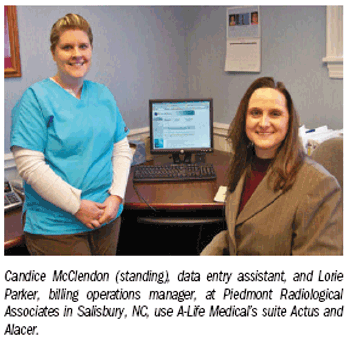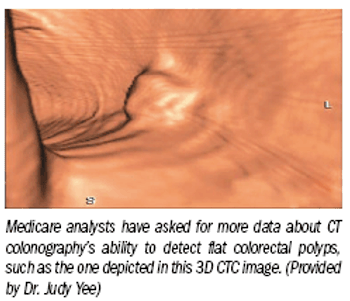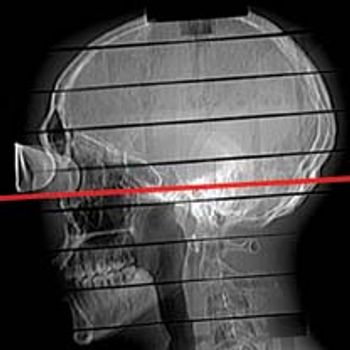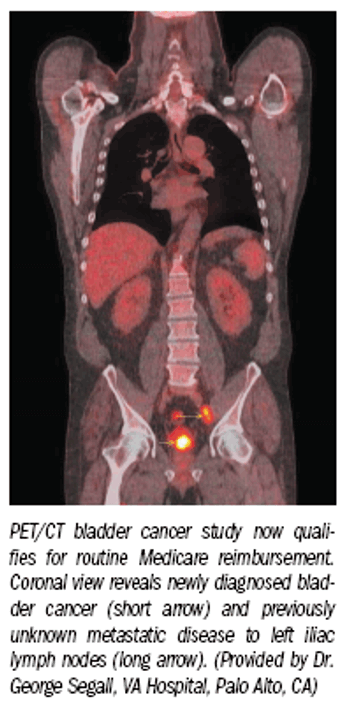
A major reform of the nation’s healthcare system, the America’s Affordable Health Choices Act, was introduced in the House of Representatives this week. To the delight of many physicians, the bill would eliminate the sustainable growth rate formula. To the chagrin of radiologists, it would also bring further reimbursement cuts for advanced imaging services.































